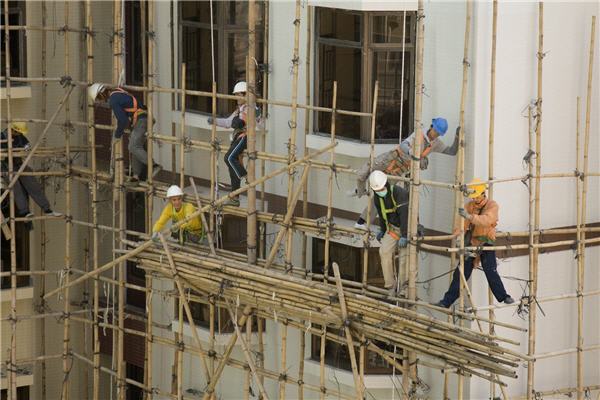
The iron ore price fell on Monday on signs of continuing economic weakness in China.
The drop came despite a surprise easing of monetary policy by the Chinese central bank and also weighed on other Dalian steelmaking inputs and steel futures in Shanghai.
According to Fastmarkets MB, benchmark 62% Fe fines imported into Northern China were changing hands for $125.65 a tonne during morning trading, down 2% compared to Friday’s closing.
Iron ore’s most-traded May contract on China’s Dalian Commodity Exchange ended daytime trading 2.4% lower at 705 yuan ($111.12) a tonne, near a session low of 700 yuan, its lowest since January 10.
China’s central bank cut the borrowing costs of its medium-term loans for the first time since April 2020, suggesting an intensifying economic slowdown, even as the world’s second-biggest economy posted a faster-than-expected annual growth of 4% in the last quarter of 2021.
“The lagged economic data and PBOC rate cut were already priced in, in our opinion,” said Atilla Widnell, managing director at Navigate Commodities in Singapore.
“Consumption remains the weakest link in China’s growth story at the moment and that will by and large continue for much of this year,” said Louis Kuijs, head of Asia economics at Oxford Economics. “We think Beijing has a bottom line of around 5%. As is the case at the moment, if growth is weaker than that, they’d feel strongly motivated to pursue more policy easing.”
The better-than-expected economic expansion, however, was China’s slowest growth pace in one-and-a-half years, and some analysts said the weakness will likely persist partly due to ongoing covid-19 restrictions.
Iron ore was due for a correction following recent rallies, Widnell said, adding the improving weather in key supplier Brazil and increased shipments from Australia could release some air from “overinflated” prices.
